Private jets are designed for optimal performance, reliability, and safety. To ensure that these aircraft meet and exceed industry standards, regular maintenance is required.
Maintenance is the cornerstone of aviation safety, ensuring that aircraft systems and components are kept in good working order.
Contents
It includes inspections, repairs, and servicing of various systems, such as engines, avionics, and other critical components.
Private jet maintenance is crucial to the proper functioning of an aircraft.
It helps to prevent or detect faults and defects before they become major problems and helps to reduce operational downtime.
Regular maintenance also ensures that the aircraft complies with relevant aviation regulations and standards, and that it remains airworthy, reliable, and safe for operation.
Understanding Private Jet Maintenance Schedules

Private jet maintenance schedules are critical to ensuring that the aircraft remains airworthy and safe to operate.
There are various factors that go into determining the frequency of maintenance, including the type of aircraft, its age, and usage.
Generally speaking, the more an aircraft is used, the more frequently it will require maintenance. Private jet maintenance schedules are based on three primary types of tasks:
- Hourly tasks – these tasks are based on the number of hours an aircraft has been flown and typically include inspections and component replacements.
- Calendar tasks – these tasks are performed at specific intervals, such as every 12 months, regardless of how much the aircraft has been used.
- Flight cycle tasks – these tasks are based on the number of takeoffs and landings, as they put a significant amount of stress on the aircraft’s components.
The scheduling of maintenance tasks is governed by airworthiness requirements, which are set by regulatory bodies such as the Federal Aviation Administration (FAA) in the US.
These requirements ensure that private jets are maintained to the highest standards of safety and reliability, and that they comply with industry standards.
Some of the components and systems that require regular maintenance and inspection include:
- Engines
- Landing gear
- Hydraulics
- Electrics and avionics
- Fuel systems
- Environmental control systems
Developing a comprehensive maintenance schedule for a private jet requires the expertise of skilled technicians who are trained and certified to work on specific aircraft models.
These technicians follow technical manuals and guidelines that outline the procedures and requirements for each maintenance task.
By doing so, they ensure that the aircraft is safe, reliable, and compliant with all regulations and standards.
The Importance of Adhering to Airworthiness Requirements
Adhering to airworthiness requirements is essential for maintaining the safety and airworthiness of a private jet.
Airworthiness requirements include all of the maintenance, inspection, and repair procedures that must be followed to ensure that an aircraft is safe and reliable to operate.
Failure to comply with airworthiness requirements can result in fines, legal action, and, most importantly, the jeopardization of crew and passenger safety.
Adhering to airworthiness requirements is especially crucial for components and systems that are critical to flight safety, such as the engines and avionics.
These systems must be maintained according to the manufacturer’s specifications and regulatory guidelines to ensure optimal performance and reliability.
Regular maintenance is essential for ensuring that a private jet remains airworthy and safe to operate.
By adhering to airworthiness requirements and scheduling maintenance tasks, private jet owners can maintain the reliability and operational efficiency of their aircraft, as well as ensure the safety of everyone on board.
Essential Private Jet Maintenance Procedures

Private jets are a significant investment that requires consistent and thorough maintenance to ensure optimal safety and reliability.
Regular inspections, repairs, and troubleshooting are essential components of private jet maintenance.
Inspection is one of the most critical procedures in private jet maintenance. Inspection procedures aim to identify any issues or potential problems that may pose a safety risk.
A thorough inspection must include all critical components, such as the engine, landing gear, avionics, and control surfaces.
The inspection process must adhere to technical standards, regulations and procedures, and should be performed by certified and experienced technicians.
Components can fail or become damaged over time. If a component requires repair, it should be done as soon as possible to avoid any further damage or safety hazards.
Repairs must also be performed by certified technicians and must follow the manufacturer’s recommendations and guidelines.
Troubleshooting is another essential procedure in private jet maintenance. Troubleshooting helps to identify the source of problems or malfunctions in the aircraft’s systems.
Technicians use specialized tools and advanced technology to help them diagnose and resolve issues effectively.
The engine is the heart of the aircraft, and its proper functioning is crucial for ensuring safety and reliability.
Engine maintenance includes regular inspections, oil changes, and component replacements. Proper engine maintenance is critical to preventing catastrophic engine failure.
| Maintenance Procedure | Safety Benefit |
|---|---|
| Inspection | Identification of issues or potential problems that may pose a safety risk. |
| Repair | Prevents further damage or safety hazards. |
| Troubleshooting | Identifies the source of problems or malfunctions in the aircraft’s systems. |
| Engine maintenance | Prevents catastrophic engine failure. |
It is crucial to perform maintenance on all private jet components, including the propulsion system, fuel system, and electrical system in addition to the engine.
Each component plays a vital role in the safe operation of the aircraft.
By following these essential private jet maintenance procedures, private jet owners can ensure the safety and reliability of their investment.
Regular maintenance should be done by certified technicians to ensure compliance with industry standards and to minimize safety risks.
Compliance with Aviation Regulations in Private Jet Maintenance
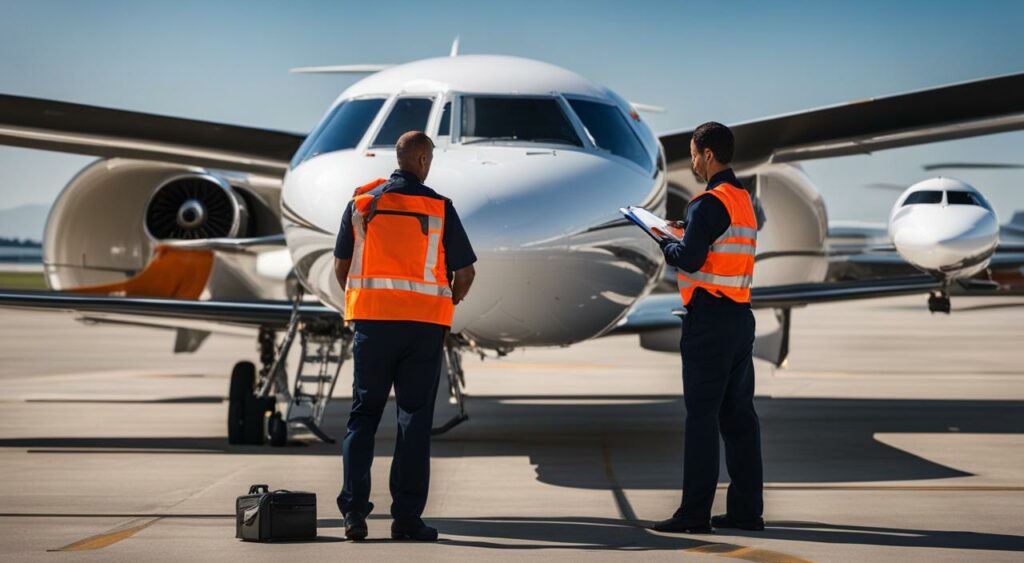
Compliance with aviation regulations and industry standards is a vital aspect of private jet maintenance.
Private jet owners must adhere to the regulations and technical standards to ensure flight safety, airworthiness, and reliability.
The Federal Aviation Administration (FAA) and other regulatory bodies have set stringent guidelines for private jet maintenance.
Failure to comply with these regulations may lead to penalties, fines, or even the grounding of the aircraft.
Ensuring compliance with these regulations and standards requires a thorough understanding of the technical specifications and operational requirements of the aircraft.
Avionics systems are a crucial aspect of private jet compliance and safety. These systems are responsible for the aircraft’s navigation, communication, and surveillance capabilities.
They must be regularly inspected and maintained to ensure optimal performance and compliance with regulations.
Furthermore, private jet owners must keep proper documentation of maintenance schedules, repairs, and inspections for compliance purposes.
This documentation should contain the details of the maintenance tasks performed and the names of the maintenance personnel involved.
Private jet maintenance compliance involves the inspection and maintenance of various components and systems, including engines, hydraulics, avionics, and landing gears.
The maintenance personnel must follow the prescribed procedures for inspection, diagnosis, and repair.
| Regulations | Description |
|---|---|
| Part 91 | Covers general operating and flight rules for private aircraft operators. |
| Part 135 | Covers operating rules for on-demand charter flights. |
| Part 145 | Covers repair station operations, including maintenance, inspection, and alteration of aircraft and aircraft components. |
Private jet owners must comply with the appropriate FAA regulations to ensure airworthiness and safety.
Compliance with these regulations is crucial in maintaining the integrity and reliability of the aircraft components and systems.
The Role of Technicians in Private Jet Maintenance
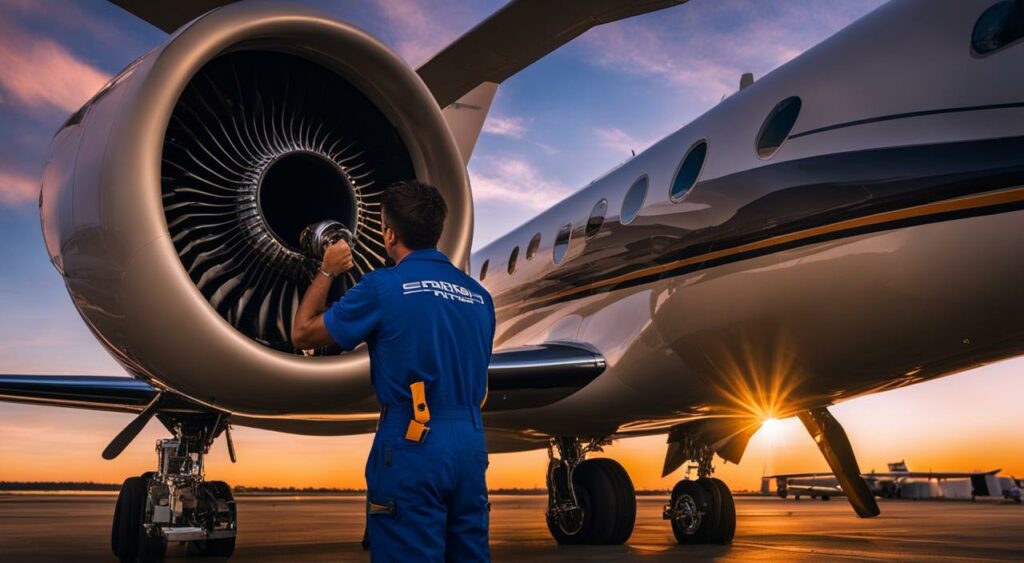
Private jet technicians play a crucial role in ensuring the safety and reliability of aircraft through regular maintenance, inspections, and repairs.
They are highly trained and skilled professionals who are responsible for keeping private jets in optimal operating condition.
technicians must be knowledgeable about all aspects of aircraft systems, including engines, avionics, and critical components.
They carry out thorough inspections and diagnose any issues or potential problems, identifying the root cause and recommending appropriate solutions.
In addition to inspections, technicians also carry out crucial repair work, such as replacing faulty systems, repairing aircraft structures, and replacing worn-out parts.
They ensure that the aircraft is in optimal condition, minimizing potential safety risks and improving the aircraft’s reliability and performance.
The role of a private jet technician also extends to troubleshooting, often diagnosing complex problems that may arise with the aircraft’s systems, using their technical expertise and advanced problem-solving skills.
Skills Required for Private Jet Technicians
Private jet maintenance technicians go through rigorous and extensive training to become experts in their field.
They must have a deep understanding of aircraft systems and be adept at troubleshooting and diagnosing issues quickly and accurately.
Some of the specific skills required for private jet technicians include:
- Strong knowledge of aviation regulations and safety protocols
- Expertise in aircraft systems, including engines and avionics
- Ability to read and interpret technical manuals and schematics
- Proficiency in the use of maintenance equipment and tools
- Excellent problem-solving and critical thinking skills
- Attention to detail and a commitment to safety and quality
The Importance of Skilled Technicians in Private Jet Maintenance
The role of skilled technicians in private jet maintenance cannot be overstated.
They play a crucial role in ensuring the safety and reliability of private jets, performing tasks that are vital to the aircraft’s ongoing operations.
Having a team of skilled technicians who are dedicated to maintaining and servicing a private jet ensures the aircraft’s optimal performance and minimizes the risk of safety issues or unplanned downtime.
Skilled technicians are also essential in identifying and diagnosing issues before they become major problems, reducing the likelihood of costly repairs and ensuring that the aircraft stays in top condition.
In short, skilled private jet technicians are critical to maintaining the safety and reliability of private jets.
Their expertise and knowledge are essential to ensuring that private jets remain airworthy and operate safely and efficiently.
Overhaul and Upgrades in Private Jet Maintenance
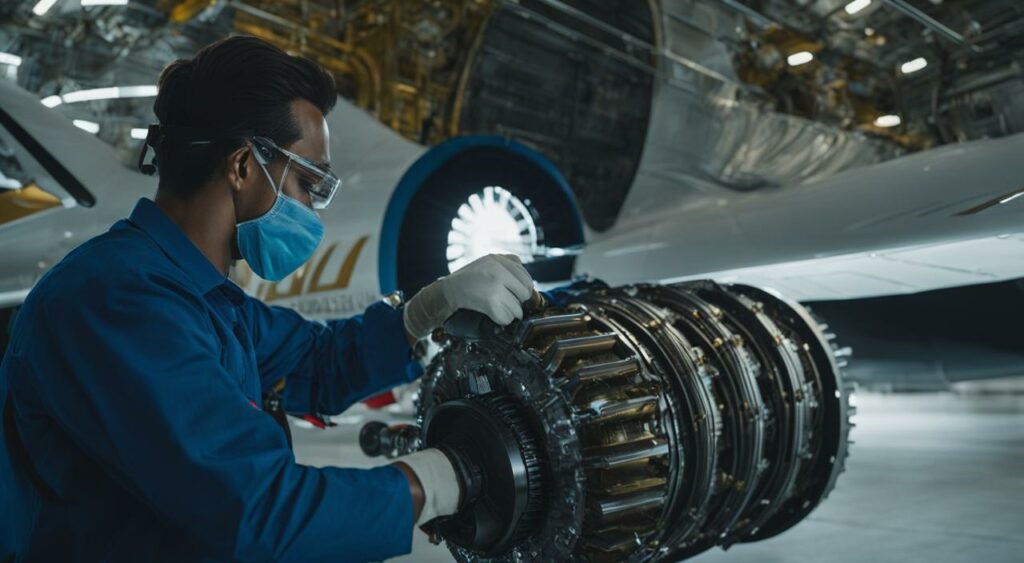
Private jet maintenance involves periodic major maintenance, such as engine overhaul, in addition to routine inspections and repairs.
Overhaul is the process of disassembling and inspecting an engine, replacing worn out or damaged parts, and reassembling it to manufacturer standards.
This procedure is necessary to ensure optimal engine performance and reliability, and it is typically required after a certain number of hours of operation.
In addition to engine overhaul, private jet owners may also choose to upgrade avionics systems to improve safety and functionality.
Avionics upgrades can include advanced communication systems, navigation equipment, and weather radar.
These upgrades can enhance situational awareness and improve operational efficiency, making the aircraft more reliable and safe to operate.
| Service Type | Frequency |
|---|---|
| Engine Overhaul | Once every 5-10 years or after a certain number of hours of operation |
| Avionics Upgrade | Varies depending on technology advancements and owner preference |
It is important to note that any upgrades or modifications must comply with aviation regulations and industry standards.
Failure to adhere to these requirements can result in safety issues and non-compliance penalties.
Therefore, it is crucial to seek professional maintenance services from certified technicians who understand the technical and regulatory aspects of private jet operations.
By prioritizing overhaul and upgrades, private jet owners can maintain the reliability and performance of their aircraft, ensuring optimal safety and airworthiness.
Ensuring Airworthiness in Private Jet Maintenance
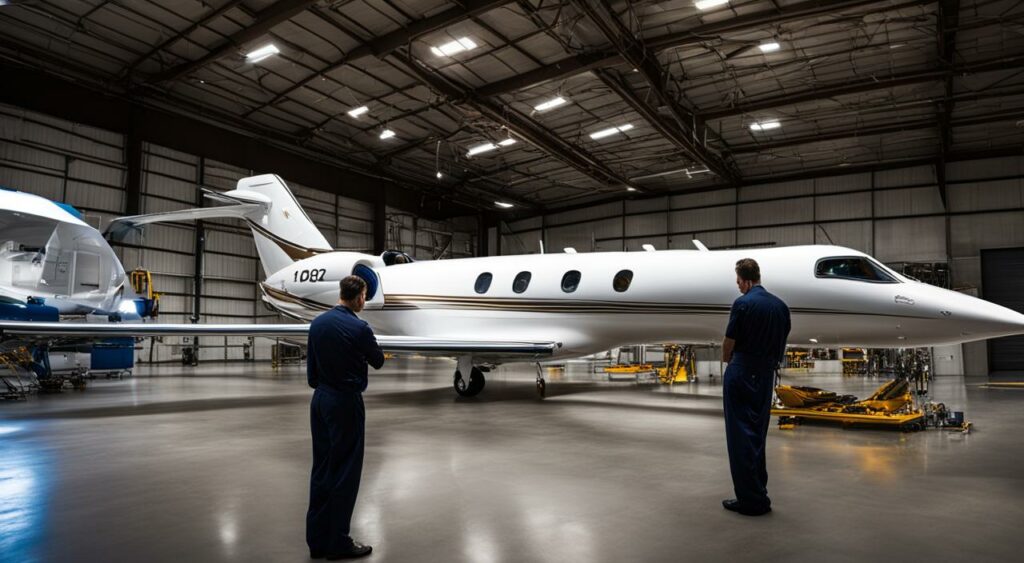
Private jet maintenance should prioritize airworthiness to ensure safe and reliable operations.
Airworthiness refers to an aircraft’s fitness for flight, which is determined by compliance with regulations, inspections, and maintenance procedures.
Inspections are critical in ensuring airworthiness. They involve comprehensive assessments of the aircraft’s components, systems, and structure.
Regular inspections help detect any issues or potential problems that can compromise airworthiness and safety.
Maintenance procedures are necessary to maintain airworthiness. Regular maintenance can prevent system failures and increase the reliability of the aircraft.
Proper maintenance procedures also prolong the lifespan of the aircraft and its critical components. Compliance with regulations is also essential in ensuring airworthiness.
Regulatory bodies set standards and guidelines for the maintenance of private jets to ensure they meet safety requirements.
Compliance with these regulations guarantees that the aircraft is fit for flight. Components and systems play a crucial role in ensuring airworthiness.
Regular maintenance and inspection of these components and systems are necessary to ensure efficient operations and safety. These include the engine, avionics, and other systems critical for the aircraft’s performance.
“Airworthiness is critical in private jet maintenance to ensure safe and reliable operations. Regular inspections, compliance with regulations, and proper maintenance procedures all play a crucial role in achieving and maintaining airworthiness.”
The Role of Technology in Private Jet Maintenance
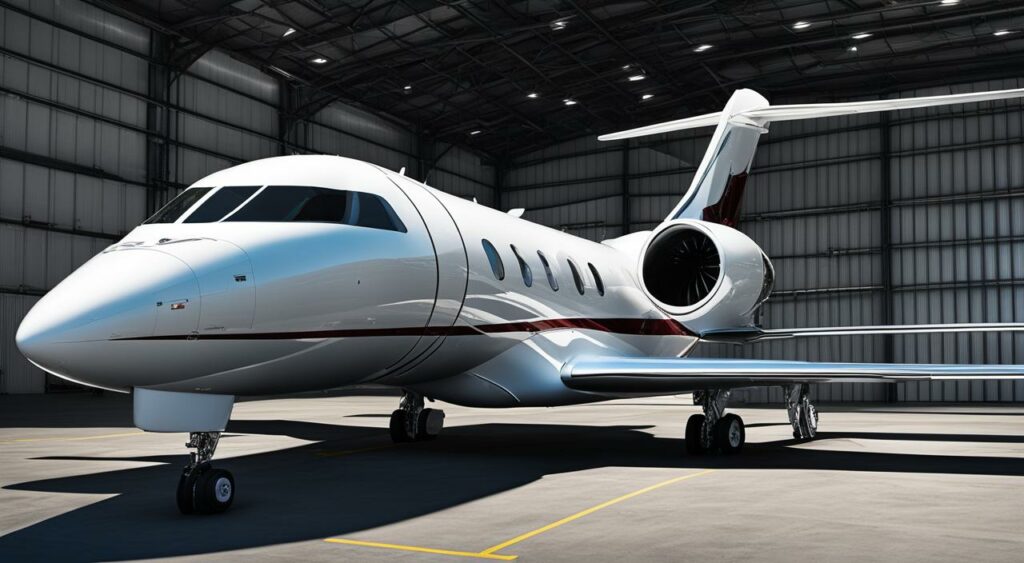
Technology has transformed the aviation industry, including private jet maintenance. The use of advanced tools and systems has made maintenance faster, more accurate, and more efficient.
From avionics troubleshooting to compliance monitoring, technology has revolutionized private jet maintenance. One of the significant areas where technology has had an impact is in troubleshooting.
With modern avionics systems, technicians can diagnose and rectify issues more quickly and accurately. This is especially important in private jet maintenance, where time is of the essence, and reliability is critical.
It allows for faster turnaround times in maintenance, reducing aircraft downtime and improving operational efficiency.
Compliance monitoring is another area where technology has had a significant impact on private jet maintenance.
With the increasing complexity of regulations and standards, it is crucial to ensure that all maintenance activities comply with these requirements.
This is where technology comes in, with advanced software and systems that can monitor compliance and flag any deviations.
It allows for better tracking and documentation of maintenance procedures, ensuring that all activities are transparent and legally compliant. Technology has also made the maintenance of aircraft systems and components more efficient.
For example, with advanced engine monitoring systems, technicians can identify potential issues before they become critical, allowing for proactive maintenance and reducing the risk of in-flight failures.
Similarly, with advanced avionics systems, technicians can detect and rectify issues with critical systems, such as autopilot and navigation, more quickly and accurately.
Overall, technology has become an essential part of private jet maintenance, improving efficiency, accuracy, and compliance.
As technology continues to evolve, we can expect to see even more advanced systems and tools that further enhance the safety and reliability of private jets.

Conclusion
Private jet maintenance is an essential aspect of ensuring safe, reliable, and airworthy operations.
Regular inspections, repairs, and compliance with regulations and technical standards are crucial to maintaining the integrity of critical components and systems.
Skilled technicians and the use of technology further enhance the efficiency and effectiveness of maintenance procedures.
By prioritizing maintenance, private jet owners can enjoy the peace of mind that comes with knowing their aircraft is safe and reliable.
It is important to adhere to maintenance schedules, upgrade avionics systems and engines when necessary, and maintain airworthiness through diligent inspections and compliance.
Efficient private jet maintenance ensures that engines, components, and systems operate within their prescribed limits, reducing the likelihood of malfunctions.
This, in turn, increases the reliability of operations, reduces the risk of incidents, and decreases the likelihood of expensive repairs or replacements.
Overall, proper private jet maintenance is essential to achieve optimal performance, reliability, and safety.
By conducting regular inspections, adhering to maintenance schedules, and complying with regulations, private jet owners can ensure that their aircraft is always airworthy and ready for operations.
Other related articles
- Is Chartering a Private Jet Cheaper Than Owning One?
- Private Jet Maintenance | How Often Is Maintenance Required?
- Private Jet Charter Seattle: The Ultimate Guide to Luxury Air Travel
- Embraer Legacy 500 | Long Range Flyer
- Private Jet Maintenance | How Often Is Maintenance Required?
- Can You Smoke On A Private Jet? | Unveiling the Luxury

Joseph Benson the CEO of Aircraft Place, welcome to your number one sources for all things aircraft. Always looking forward to better aviation with design, simplicity and effortless.
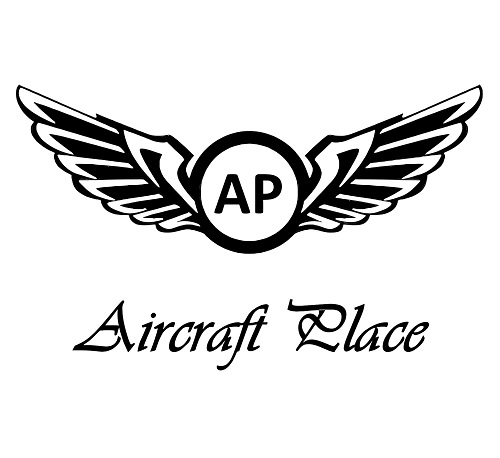
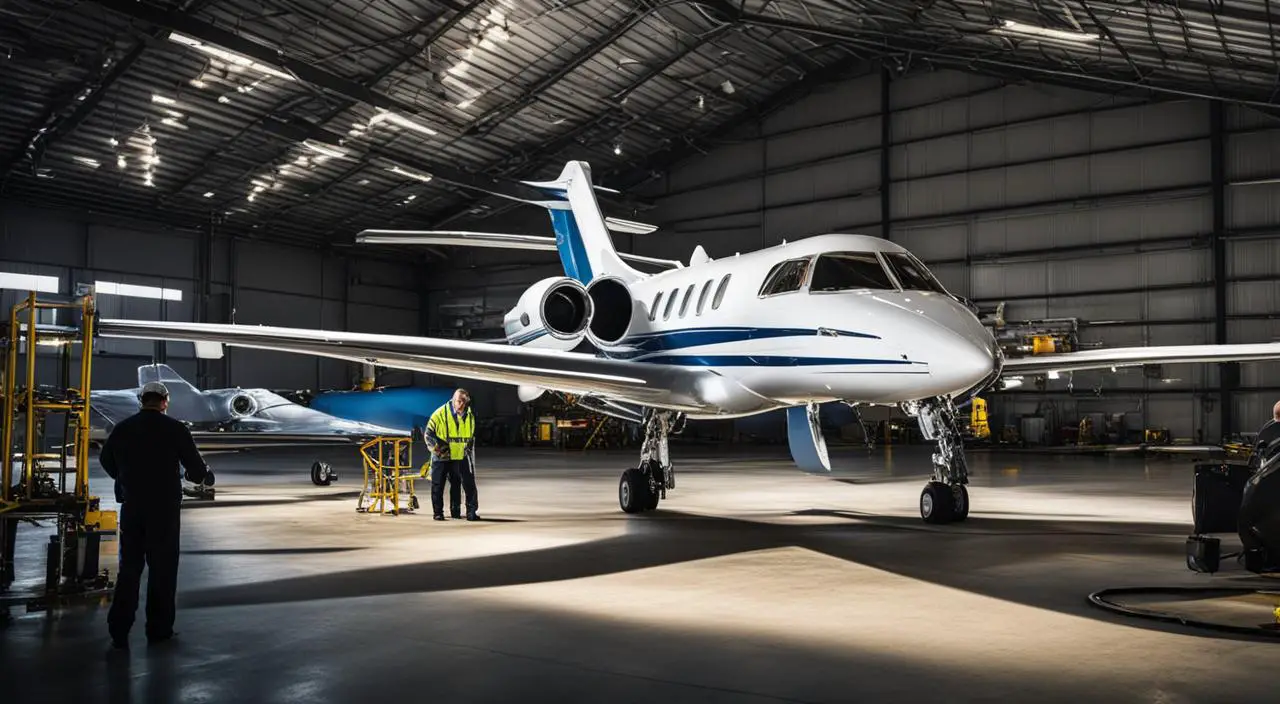










Leave a Reply